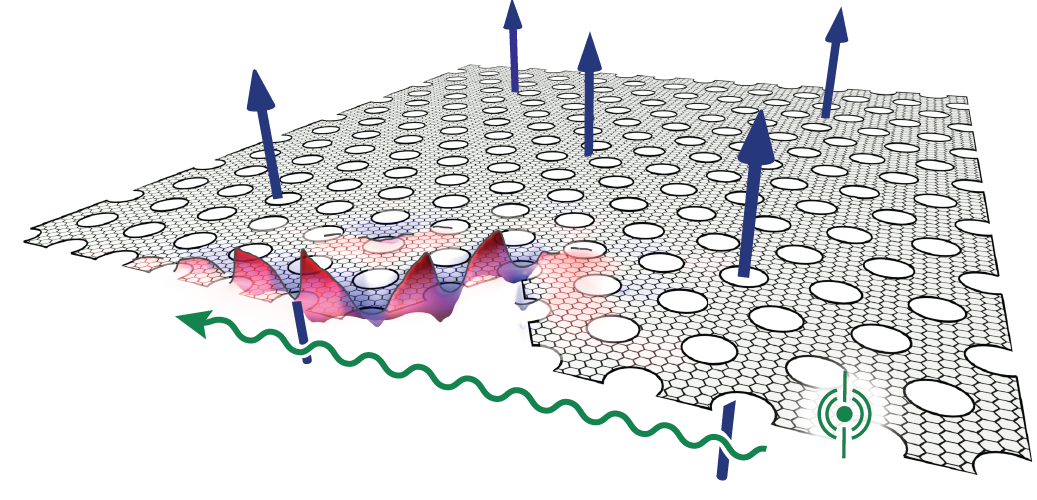Research
I'm primarily working in theoretical and computational research, and interested in both fundamentals and applications, but always keeping an eye to opportunities for collaboration with experimentalists.
Examples of past and ongoing research directions include:
Topological photonics


Past projects include topological phenomena in plasmonics systems (PRL & Nat. Commun.). More recent projects include analysis of band connectivity and topology in 3D photonic crystals (Phys. Rev. X), topology-optimization of photonic crystals (ACS Photonics), quasicrystalline Weyl points (Phys. Rev. B), and statistical exploration of topology in photonics (Phys. Rev. Lett.).
Many of my more recent activities have been associated with development of symmetry-based methods. Several of the associated software tools are available as open-source software, implemented in the Julia programming language:
Crystalline.jl: Space group theory, including complete irrep tables, subgroup relations, band representations, and group listings.
Brilllouin.jl: High-symmetry paths in k-space for band structure calculation.
SymmetricTightBinding.jl: Automatic construction of tight-binding models specified by orbital symmetry.
KdotP.jl: Symmetry-constrained derivation of k⋅p models in crystals.
Neumann.jl: Symmetry-allowed components of a response tensor.
For more examples of open-source software, see my Github profile.
Quantum response in plasmonics

At sufficiently small scales, on the order a few nanometers, the classical description of plasmonics breaks down and quantum mechanical effects become non-negligible. Building upon work by Feibelman from the 70s and 80s, we introduced a new framework centered around surface response functions to incorporate effects like electron spill-out, nonlocality, and surface-assisted Landau damping (PRL, Nature, PNAS). The tools have since found applications to questions in light-matter interaction (Nat. Commun.) and acoustic graphene plasmons (Nat. Commun.).
Applications of machine learning to photonics

With collaborators in Prof. Soljačić's group, we've explored application of neural networks to photonic crystals (Nanophotonics) and used photonic crystals as a testbed for exploring novel approaches to transfer learning in science (Nat. Commun.). More recently, we've explored foundation models for materials discovery (Newton) and ML-driven discovery of interpretable heuristics for topological analysis (Nano Lett., arXiv).